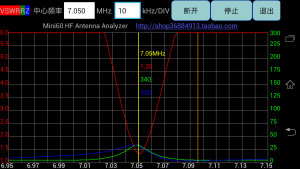This article has been copied as reference for a new article from my VK1OD.net web site which is no longer online. The article may contain links to articles on that site and which are no longer available.
I have been asked by a correspondent to comment in the context of my model of a Guanella 1:1 balun wound on a ferrite toroid (Duffy 2008a) on the impact of differential flux leakage as discussed in the ARRL 2011 Handbook on the predicted losses in a Guanella 1:1 balun using a ferrite toroidal core
ARRL
The ARRL 2011 Handbook (Silver 2011 20.23) states [i]f the line is made up of parallel wires (a bifilar winding), a significant fraction of the flux associated with differential current will leak outside the line to the ferrite core. Leakage flux can exceed 30% of the total flux for even the most tightly-spaced bifilar winding.
This might suggest that differential current will contribute significantly to balun core losses and consequently transmission loss. The claim is made without explanation or substantiation, or without making conclusions about any resultant loss. This is the makings of fear, uncertainty and doubt (FUD), and hardly the enlightenment that readers might expect. Continue reading Differential flux leakage in a Guanella 1:1 balun




